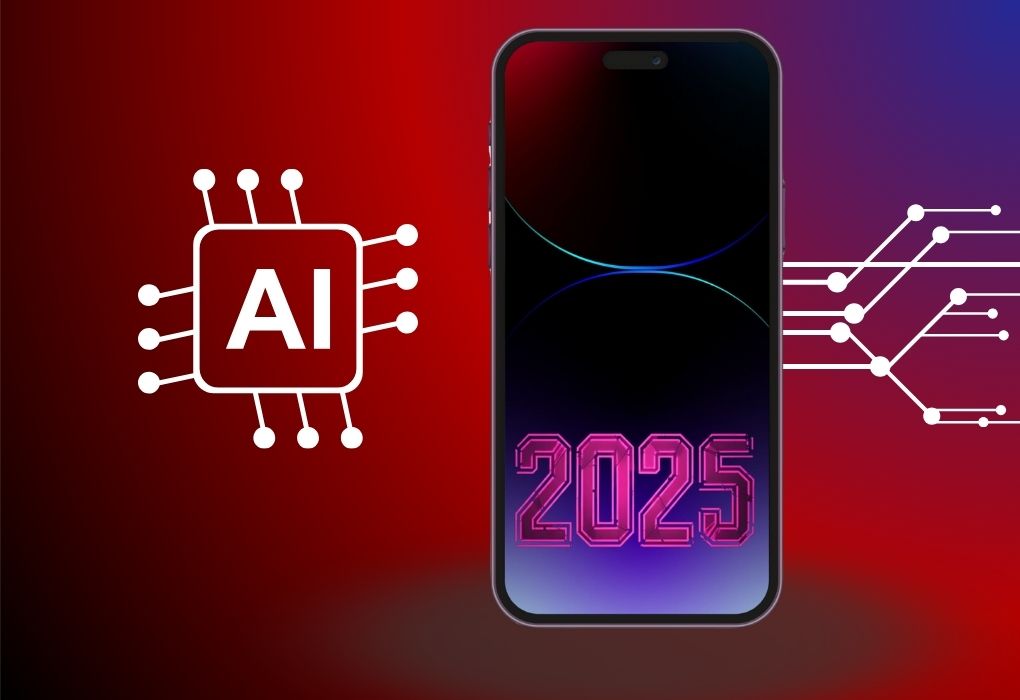Choosing a smartphone that best suits your needs can be challenging, with so many brands, models, and features available. From battery life and performance to network compatibility and security, here’s a comprehensive guide to the 15 key factors you should consider to make the best decision.
1. Battery Life
Battery life is one of the most critical factors in a smartphone. For heavy users or those constantly on the go, a large battery (4,000mAh or higher) is ideal, providing enough charge for a full day’s use. Battery longevity also depends on software optimization, screen size, and usage habits, so checking reviews and real-world battery performance can provide helpful insights.
You may be interested in: iPhone 16 Pro Max Charging Speed: Everything You Need to Know
2. Software Updates
Regular software updates improve security, add new features, and keep the phone running efficiently over time. Major brands like Apple, Google, and Samsung often lead in providing timely updates, ensuring device longevity. When choosing a smartphone, verify the brand’s reputation for software updates, as some models may receive updates for several years, while others may be limited to shorter support windows.
3. Resale Value
Resale value is an essential factor, especially if you plan to upgrade every few years. Apple’s iPhones typically hold higher resale value due to their brand reputation and consistent demand. However, certain Android brands like Samsung and Google also retain value well, particularly for flagship models. Understanding a phone’s depreciation rate can help you make a more financially sound choice.
4. Network Compatibility
It’s vital to ensure that the smartphone you’re buying is compatible with your carrier’s network and supports the latest connectivity standards, like 4G LTE, 5G, and Wi-Fi 6. Check if your preferred phone is compatible with your carrier’s bands and frequencies, especially if you’re purchasing an unlocked phone. 5G compatibility is now common in new models and is worth considering to future-proof your device.
5. Storage
With apps, photos, and videos requiring more storage than ever, it’s essential to choose a device with sufficient storage capacity. While some phones offer as little as 64GB, 128GB or 256GB has become more standard. Android devices often provide expandable storage via microSD cards, while iPhones and some Android flagships do not, so pick a storage level that meets your needs without requiring constant data management.

6. Price
Your budget will naturally impact your choice. Flagship devices offer the latest technology but come at a premium price. Mid-range and budget smartphones have improved significantly, offering excellent performance and features at a fraction of the cost. Determine your priorities and budget, and compare different options in your price range to make the most of your investment.
You may be interested in: iPhone 16 Series vs iPhone 15 Series: Comparative Review
7. Size of the Phone
Size affects both comfort and usability. Larger screens (6 inches or more) are excellent for gaming, streaming, and productivity tasks, but they might be less convenient for one-handed use. Smaller phones offer better portability and ease of use for people with smaller hands. Pick a size that balances your preferences for display and ease of handling.
8. Memory (RAM)
RAM is crucial for multitasking, as it determines how efficiently your phone can handle multiple applications running simultaneously. While 4GB of RAM is sufficient for basic tasks, 6GB or more is recommended for heavier users. High-end smartphones now offer up to 12GB or 16GB, ideal for gaming, streaming, and other memory-intensive tasks.
9. Operating System (OS)
Choosing between iOS and Android is one of the first decisions to make. iOS is known for its seamless user experience, security, and regular updates, making it ideal for users who prefer simplicity and integration with other Apple devices. Android offers more customization and a wider range of devices, suiting users who want greater control over their experience.
10. Display Quality
The quality of a phone’s display affects everything from watching videos to browsing photos. Look for OLED or AMOLED screens for vibrant colors and deeper contrasts. High-resolution displays (1080p or above) and higher refresh rates (90Hz, 120Hz, or even 144Hz) also enhance viewing quality and make scrolling smoother. If display quality is a priority, flagship models often deliver the best visual experience.
11. Security
Security features protect your personal information, making them a critical factor to consider. Look for options like biometric authentication (fingerprint sensor, facial recognition) and regular security updates. Phones with a secure enclave, like Apple’s iPhones or certain Android models, add extra security by storing sensitive information separately.
12. Camera Quality
With many people relying on their smartphones as their primary camera, photo and video quality is a key factor. Consider features such as multiple lenses, low-light performance, image stabilization, and software processing. Flagships like the latest iPhones, Google Pixels, and Samsung Galaxy devices are known for their advanced camera systems, while mid-range options also provide competitive performance.
13. Processor and Performance
The processor is the heart of a smartphone, influencing its speed and ability to handle intensive tasks. For general usage, mid-range processors like the Qualcomm Snapdragon 700 series or Apple’s A-series chips provide excellent performance. However, for gaming, streaming, or productivity tasks, look for high-end processors like the Snapdragon 8 series, Apple’s A15 or A16 Bionic, or Samsung’s Exynos line.
14. How to Check a Phone Before Buying?
If you’re buying a used or refurbished smartphone, it’s essential to inspect it carefully. Verify that the screen, buttons, and ports work smoothly, and check for any cracks or visible damage. Test the battery life, speaker quality, and camera functionality. For new devices, read reviews and check the warranty and return policy to ensure peace of mind.
15. Brand and Customer Support
The brand reputation and customer support can influence your experience. Established brands like Apple, Samsung, and Google often provide consistent support, warranty coverage, and reliable repair services. Checking the brand’s reputation for software updates and customer service quality will give you insight into the long-term experience you can expect with your smartphone.
You may be interested in: Apple iPhone 16 Series Review
Each of these factors contributes to the overall experience of owning a smartphone. Taking the time to consider them based on your needs and budget will help you make a choice that suits you for the long term. Whether you’re looking for a flagship device or a budget-friendly option, making an informed decision will enhance your satisfaction with your new smartphone.



